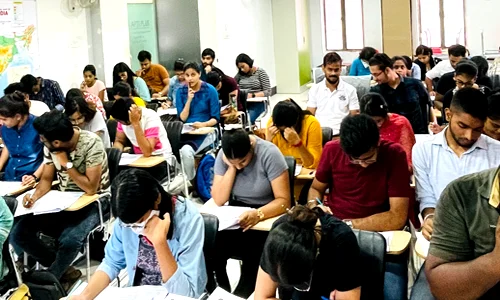



China cleaned its air through strict central planning, the 2013 action plan, industrial controls, and rapid EV adoption backed by bureaucratic accountability. India needs similar long-term, well-funded, multi-sector action instead of reactive steps like GRAP to tackle its persistent pollution and achieve sustained air-quality gains.
Click to View MoreThe Global Energy Leaders’ Summit 2025 in Puri (Dec 5–7), hosted by Odisha and the Tony Blair Institute, focuses on “Powering India: Sufficiency, Balance, Innovation.” It supports India’s pillars of energy access, efficiency, sustainability, and security while advancing cooperation, clean energy transition, technology, and Net-Zero 2070 goals.
Click to View MoreThe International Solar Alliance, launched by India and France at COP21, unites over 120 nations to drive a global solar revolution. Aiming to mobilize $1 trillion by 2030, it promotes clean energy access through initiatives like OSOWOG, fostering sustainability, energy security, and climate resilience.
Click to View MoreIndia’s power-sector CO2 emissions fell 1% in early 2025, driven by a 69% clean energy surge, hydropower gains, and mild weather—signaling a possible emissions peak before 2030 and marking a historic shift in India’s energy transition.
Click to View MoreIndia aims to achieve Net Zero emissions by 2070, part of its 'Panchamrit' strategy. This involves increasing renewable energy to 500 GW by 2030, reducing emissions intensity, and increasing carbon sinks. It requires investments in green technologies and energy efficiency, offering economic growth, energy security, and global climate leadership.
Click to View More
© 2025 iasgyan. All right reserved